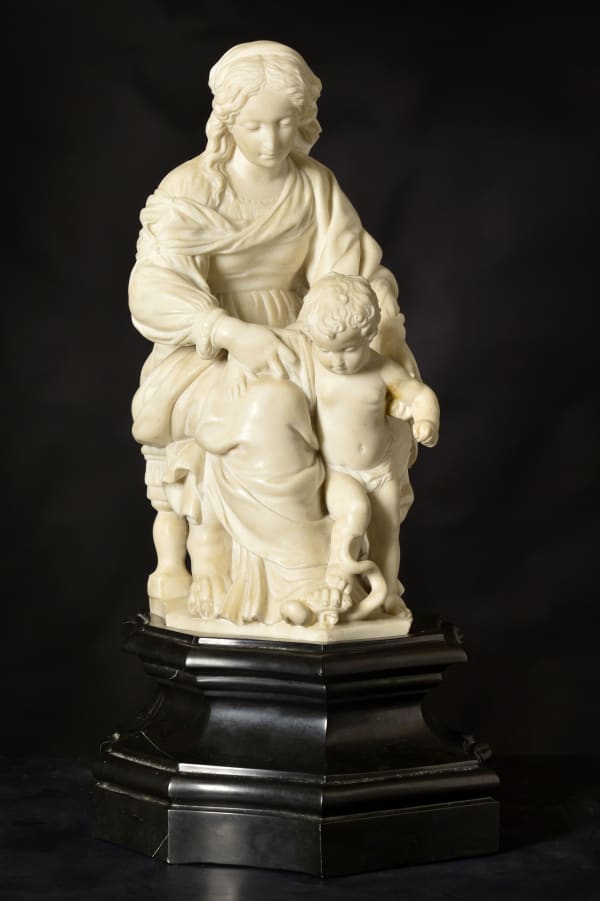Artus Quellinus the Elder (Antwerp 1609 - 1668)
Virgin and Child
Carrara marble, on the original black marble pedestal
height 51 cm

Artus I Quellinus, The Virgin and Child.
Sold to a private collector; promised gift to the MFA Boston.


